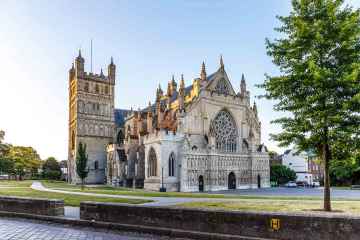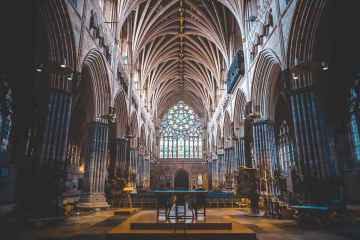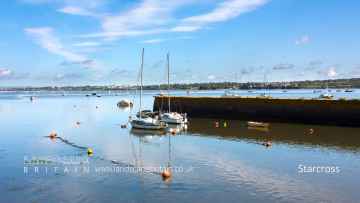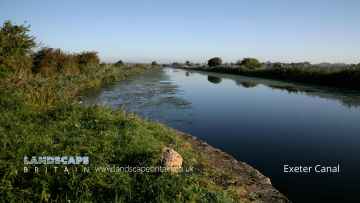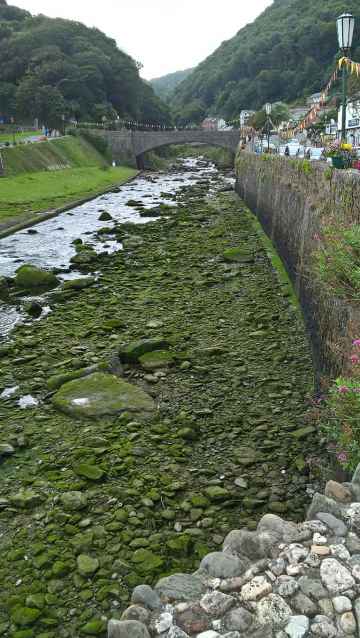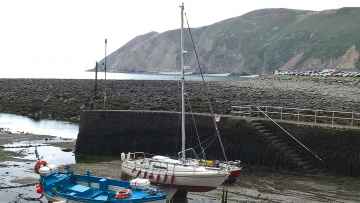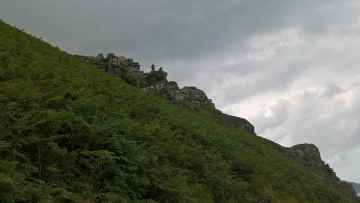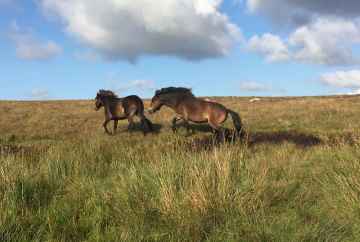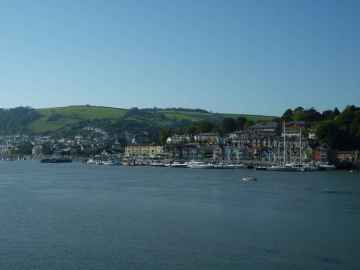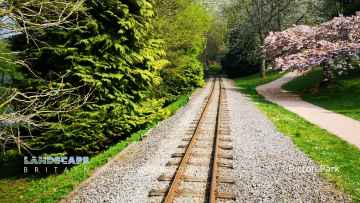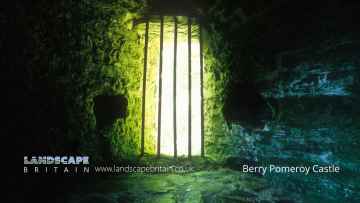Moretonhampstead
Moretonhampstead is a Town in the county of Devon.
Moretonhampstead postcode: TQ13 8
There are great places to visit near Moretonhampstead including some great cities, historic buildings, villages, canals, rivers and streams, beaches, geological features, sssis, hiking areas, nature reserves, towns, parks, airports, castles and ruins.
There are a several good cities in the area around Moretonhampstead like Exeter.
Moretonhampstead has some unmissable historic buildings nearby like Exeter Cathedral, St Mary Steps, and St Stephen's Church - Exeter.
The area around Moretonhampstead features a number of interesting villages including Starcross, Lynton and Lynmouth, Littleham, Otterton, Branscombe, Beer, and Hope Cove.
There are a number of canals near Moretonhampstead including Exeter Canal, and Grand Western Canal at Tiverton.
Rivers and Streams to visit near Moretonhampstead include East Lyn River.
Moretonhampstead has some unmissable beaches nearby like Blacklands Beach, Branscombe Beach, and Hope Cove.
Places near Moretonhampstead feature a number of interesting geological features including Valley of Rocks.
Don't miss Dartmoor's sssis if visiting the area around Moretonhampstead.
Moretonhampstead is near some unmissable hiking areas like Dartmoor,
The area around Moretonhampstead's best nature reserves can be found at Dartmoor.
Dartmouth, Tiverton, Crediton, Topsham, Budleigh Salterton, Sidmouth, and Seaton are great places to visit near Moretonhampstead if you like towns.
Places near Moretonhampstead feature a number of interesting parks including Bicton Park.
Places near Moretonhampstead feature a number of interesting airports including Exeter Airport.
Places near Moretonhampstead feature a number of interesting castles including Berry Pomeroy Castle.
The area close to Moretonhampstead boasts some of the best ruins including Berry Pomeroy Castle.
Moretonhampstead History
There are some historic monuments around Moretonhampstead:
Places to see near Moretonhampstead
History of Moretonhampstead
Wool and (in later years) the manufacture of woollen cloth formed the basis of the town’s economy for over 700 years. The economy was evidently healthy when the town established a water-powered fulling mill before the end of the 13th century.











